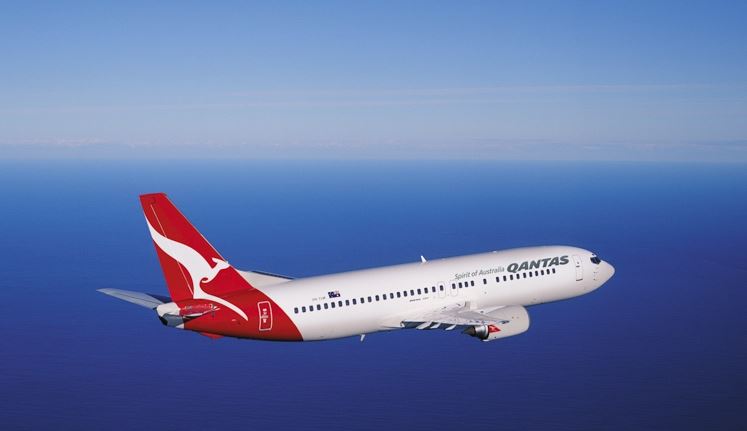It certainly seems counterintuitive, but sometimes you can get an airfare bargain by travelling further than you intended.

For example, return flights from Australia to London are often cheaper than fares from Australia to Dubai, which is the stopover two-thirds into the journey.
I asked Qantas why this was, and was given a quite complicated answer which came down to the word “capacity”. I gather it’s all about how many people are flying and where their final destination is.
Don’t try to think too hard about it, just accept that that’s the case. So, if you want to go to Dubai from Australia, then you may as well go to London, too, and make Dubai the stop off rather than the destination.
It sometimes also helps to change your point of departure. For example, I got a much better price flying from Munich to Brisbane, with Abu Dhabi (where I am living right now) as a stopover on the way there and back.
Of course, I had to get to Munich, but I was able to do that on frequent flyer points, so I had two holidays for less than the price of one.
The usual key to this kind of booking is choosing a departure point where your airline of choice doesn’t have a strong presence — so it is prepared to lower its price to be competitive — or a departure point that is somewhat economically depressed, so the airlines have to lower their fares because the locals can’t otherwise afford to fly. Cynical, yes, but effective.
An example: there are cheap fares out of Cairo right now, because not so many people are travelling to Egypt. Istanbul is another one.
You can compare and book flights via aggregators — and two of the best are ITA Matrix and Google Flights (which provides information about the plane, the seat and wi-fi availability). The cheap fares are also often bookable using the airlines’ own websites, which makes organising frequent flyer points easier.
The only downside to this is that you spend a longer time in the air and at airports. But some of us like that.
